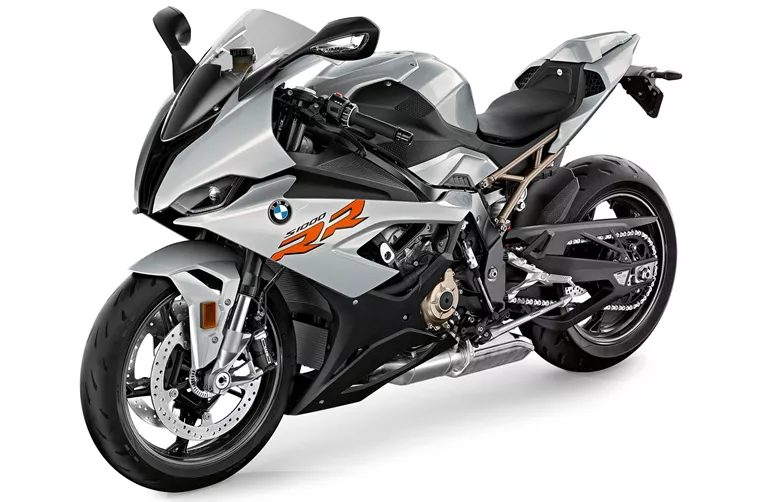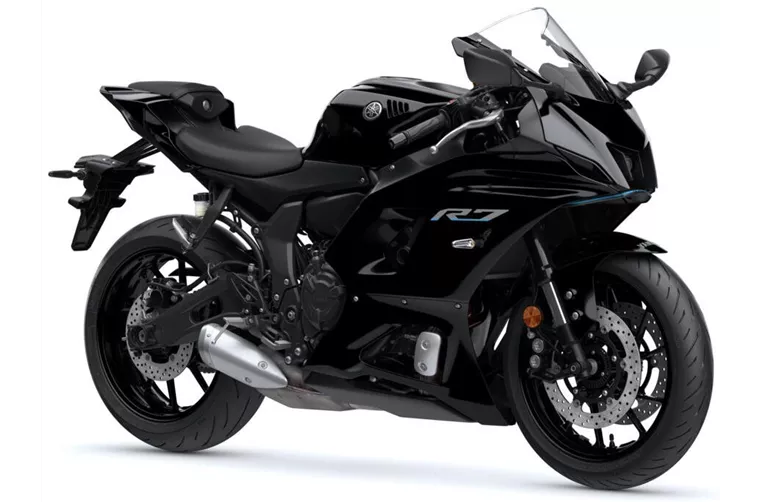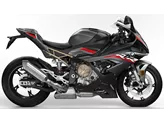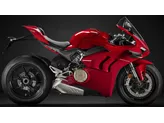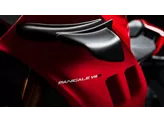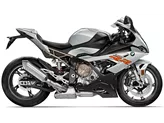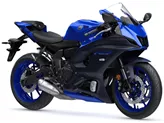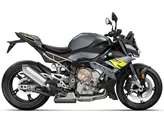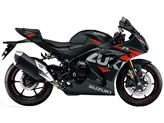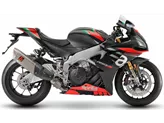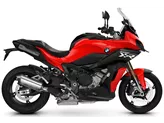BMW S 1000 RR 2020 vs. Yamaha R7 2022
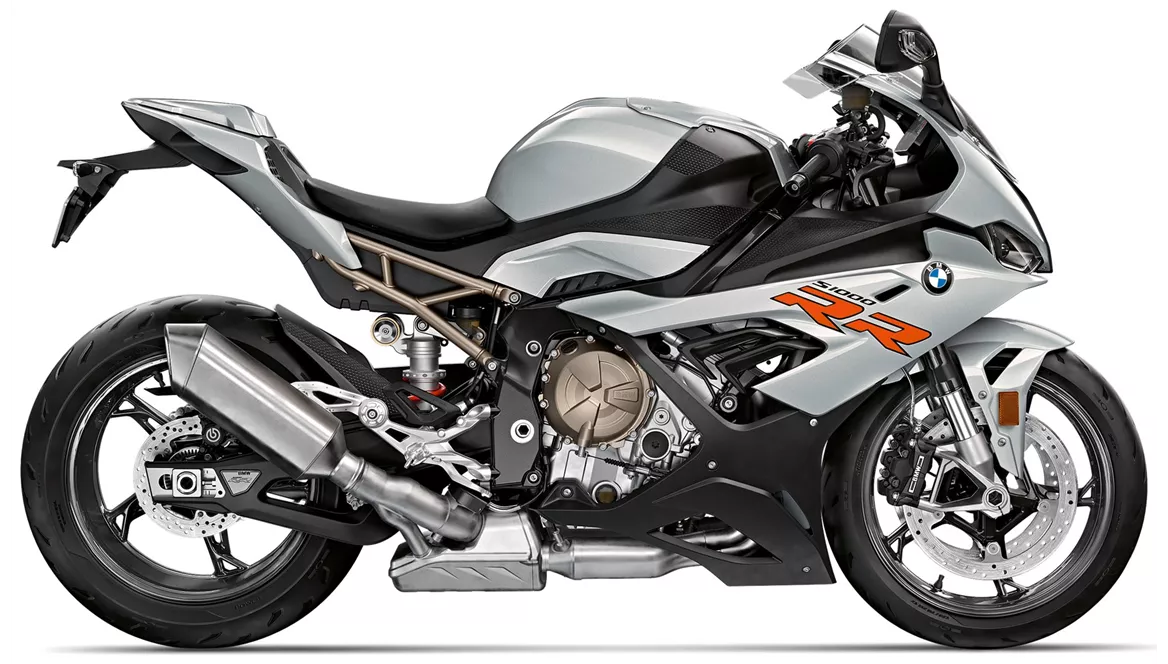
BMW S 1000 RR 2020
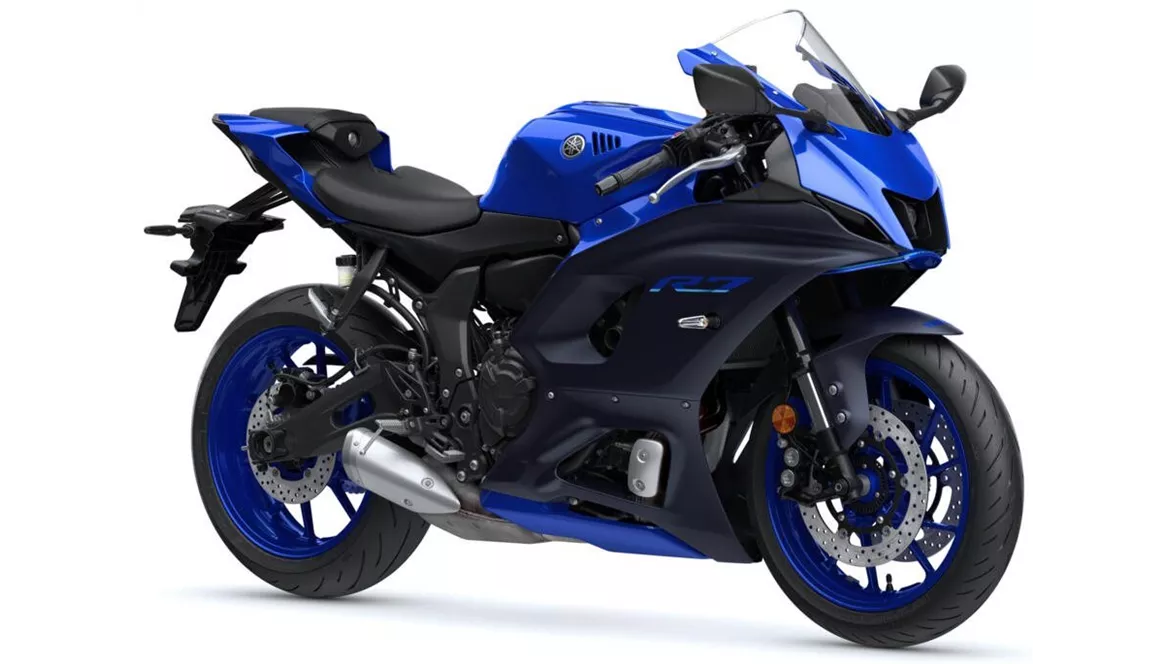
Yamaha R7 2022
Overview - BMW S 1000 RR 2020 vs Yamaha R7 2022
The BMW S 1000 RR model year 2020 and the Yamaha R7 model year 2022 are both supersport motorcycles that offer impressive performance and features. However, there are several key differences between the two bikes.
In terms of engine specifications, the BMW S 1000 RR is equipped with an inline four-cylinder engine with a displacement of 999cc. It produces a powerful 207 horsepower and 113 Nm of torque. The engine features a DOHC configuration with four valves per cylinder and a compression ratio of 13.3. On the other hand, the Yamaha R7 is equipped with an inline two-cylinder engine with a displacement of 689cc. It produces 73.4 horsepower and 67 Nm of torque. The engine also features a DOHC configuration with four valves per cylinder, but it has a lower compression ratio of 11.5.
In terms of suspension, both bikes feature upside-down telescopic forks at the front and a swing arm with a monoshock at the rear. However, the BMW S 1000 RR has larger front forks with a diameter of 45mm compared to the 41mm forks on the Yamaha R7. The BMW S 1000 RR also offers more adjustment options for the suspension, including compression, preload, and rebound adjustments.

BMW S 1000 RR 2020
In terms of chassis, the BMW S 1000 RR features an aluminum frame, which provides a good balance between rigidity and weight. On the other hand, the Yamaha R7 features a steel frame, which may offer slightly less rigidity but can be more cost-effective.
Both bikes feature double disc brakes at the front with radial technology, providing excellent stopping power. The BMW S 1000 RR also offers advanced rider assistance systems such as ABS, riding modes, launch control, ride by wire, quickshifter, and traction control. The Yamaha R7, on the other hand, only offers ABS as an advanced rider assistance system.
In terms of dimensions and weights, the BMW S 1000 RR has a larger wheelbase of 1441mm compared to the 1395mm wheelbase of the Yamaha R7. The BMW S 1000 RR also has a higher kerb weight of 197kg compared to the 188kg kerb weight of the Yamaha R7. However, the Yamaha R7 has a smaller fuel tank capacity of 13 liters compared to the 16.5 liters of the BMW S 1000 RR.
Both bikes come equipped with LED headlights, providing excellent visibility in all conditions. However, the Yamaha R7 does not have a TFT display, which may be a drawback for riders who prefer a more advanced and informative instrument cluster.
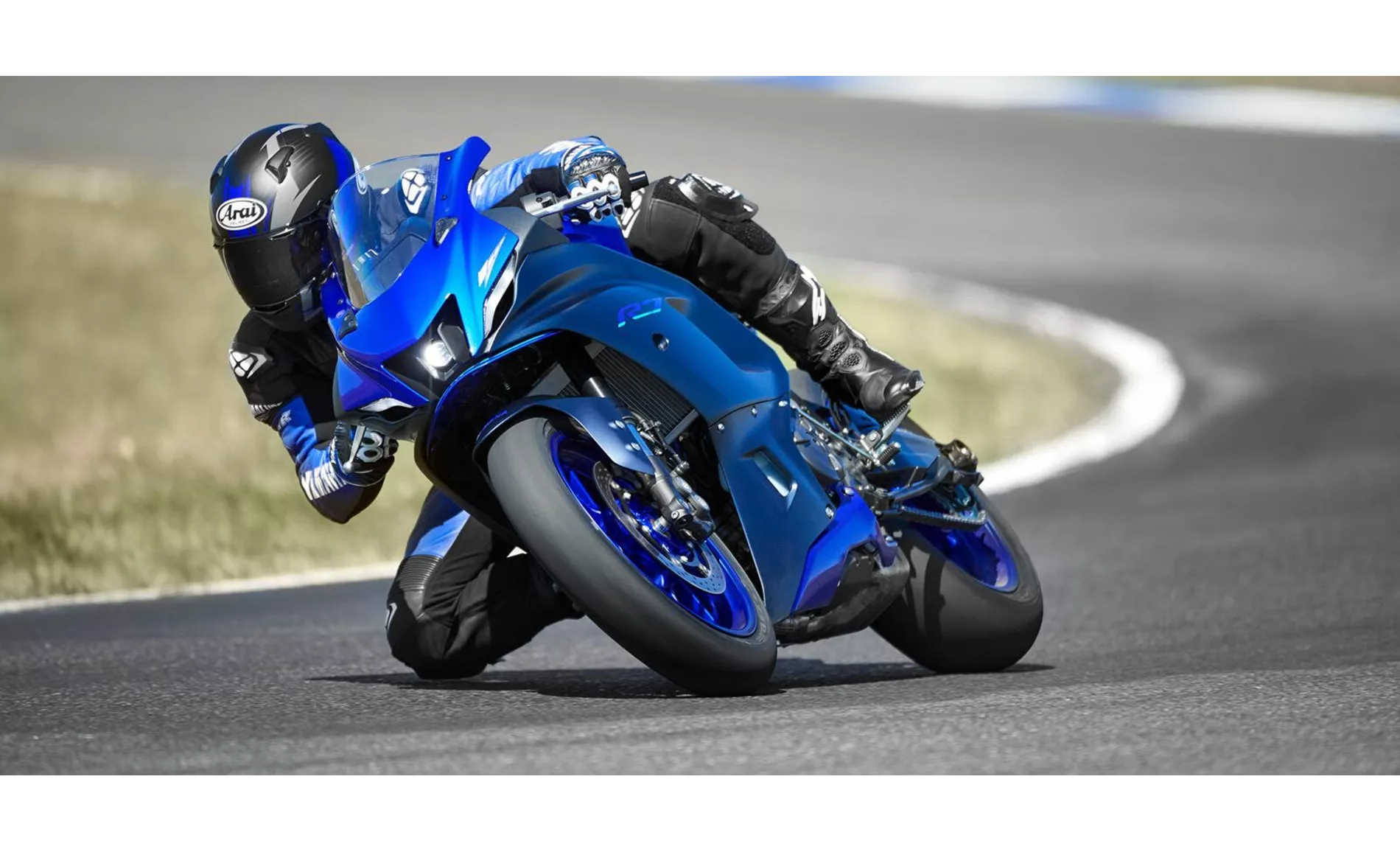
Yamaha R7 2022
In terms of strengths, the BMW S 1000 RR is praised for its very linear power delivery, wide rev range, and excellent DDC precision. It is also highly regarded for its super electronics package and overall harmonious performance on both the road and the racetrack. On the other hand, the Yamaha R7 is praised for its punchy CP2 engine, front-wheel-oriented seating position, adjustable chassis, and manageable handling. It is also noted for its good brakes.
In terms of weaknesses, the BMW S 1000 RR is criticized for its somewhat "characterless" nature compared to other bikes in its class and for lagging behind on the spec sheet in direct comparison. The Yamaha R7's only weakness mentioned is the lack of a TFT display.
Overall, both the BMW S 1000 RR 2020 and the Yamaha R7 2022 offer impressive performance and features in the supersport category. The BMW S 1000 RR excels in terms of power, advanced rider assistance systems, and overall performance, while the Yamaha R7 stands out for its punchy engine, adjustable chassis, and manageable handling. The choice between the two will ultimately depend on the rider's preferences and priorities.
Technical Specifications BMW S 1000 RR 2020 compared to Yamaha R7 2022
Pros and Cons in comparison
Pros and Cons in comparison
BMW S 1000 RR 2020
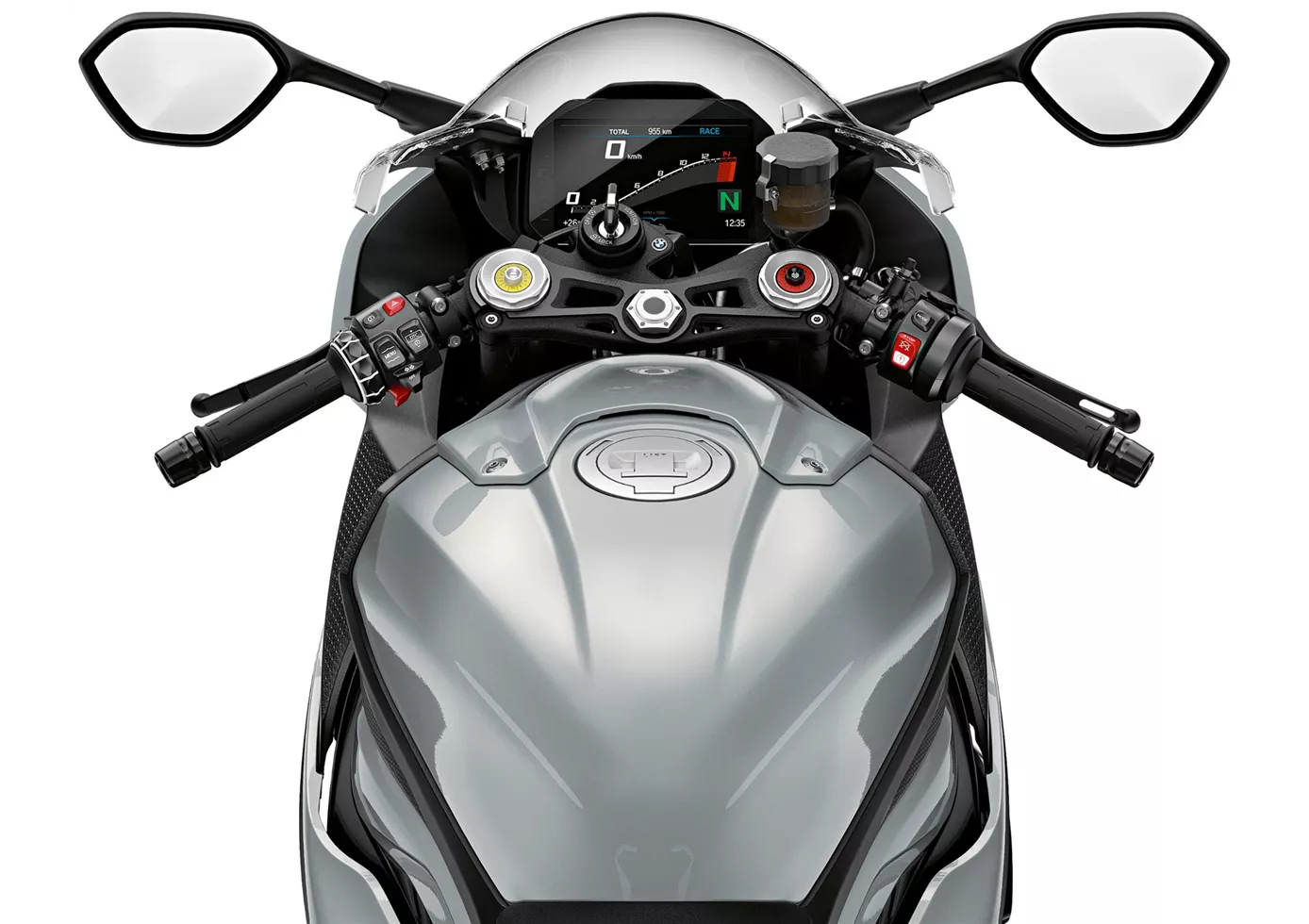
A real "all-rounder" superbike. The BMW knows how to play to its strengths both on the race track and on the country road. Thanks to variable camshaft control, the powerful engine is already convincing at the bottom end and accelerates harmoniously across the entire rev range, with plenty of power in every range. For the hobby pilot, the chassis certainly functions excellently in every situation, provides transparent feedback and offers many adjustment options. The seating position is sporty yet relatively comfortable. The electronics work very harmoniously without patronising the rider - TOP!
Yamaha R7 2022
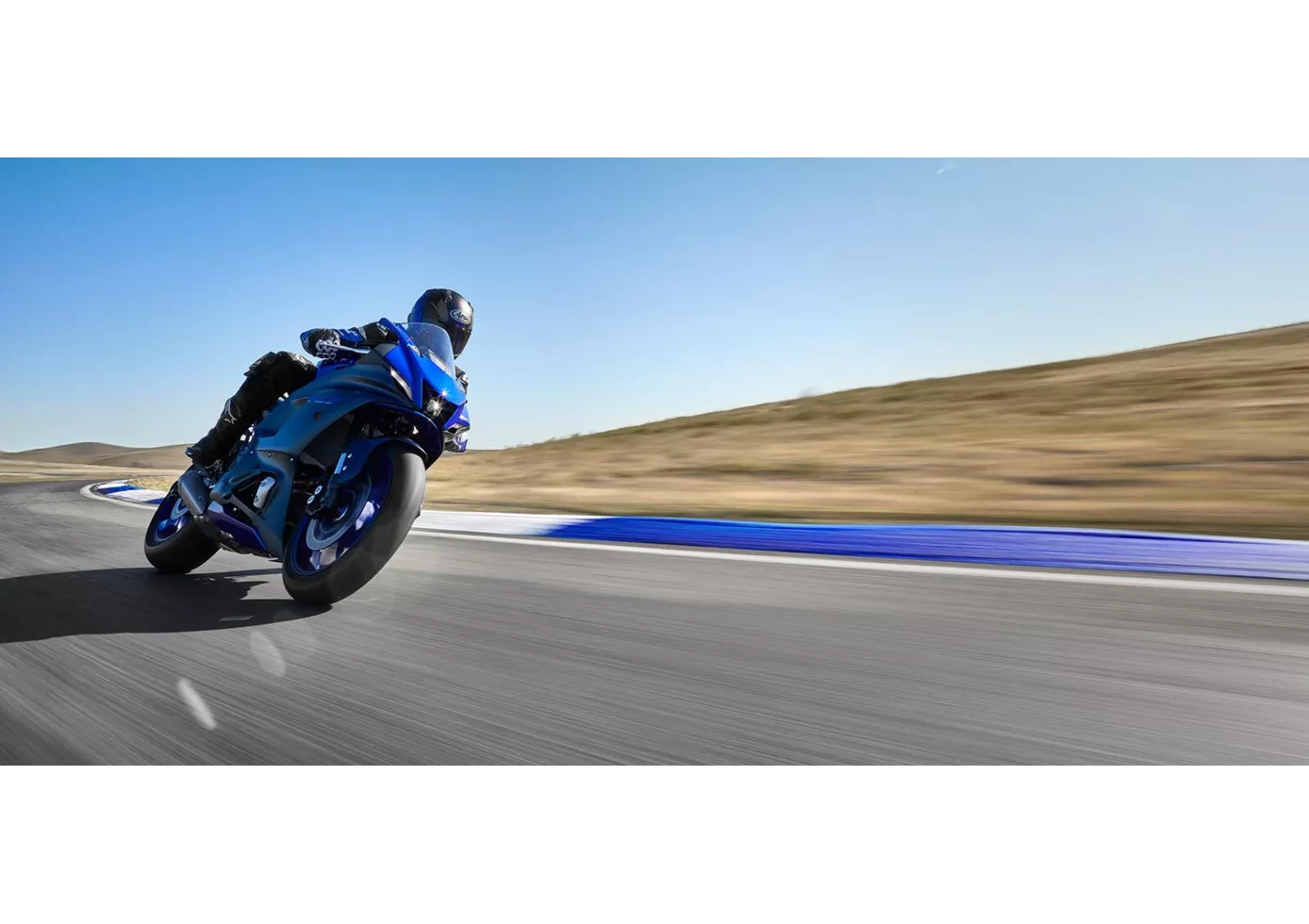
Those who expect the Yamaha R7 to be a half-hearted solution will be surprised at how well-balanced the little supersports bike is. Of course, the engine with just over 70 hp doesn't have what it takes to challenge the R6, for example, but the engine with its punch from below fits the character perfectly. The chassis components are of high quality, even fully adjustable at the front, and the handling of the slim grenade is absolutely awesome. The seating position is fine, not as radical as on a real super sports bike, and therefore suitable for everyday use.
Price Comparison Avarage Market Price BMW S 1000 RR vs Yamaha R7
There are a few key differences between a BMW S 1000 RR 2020 and a Yamaha R7 2022. In terms of price, the actual average price of a BMW S 1000 RR 2020 is about 114% higher. Compared to Yamaha R7 2022 there are less BMW S 1000 RR 2020 bikes available on the 1000PS.de Marketplace, specifically 16 compared to 44. It takes less time to sell a BMW S 1000 RR with 68 days compared to 87 days for a Yamaha R7. Since model year 2010 1000PS.de editors have written 135 reviews for the BMW S 1000 RR and 9 reviews for the Yamaha R7 since model year 2021. The first review for the BMW S 1000 RR was published on 16/04/2008 and now has more than 4,000 views. This compares to more than 92,800 views for the first review on Yamaha R7 published on 18/05/2021.
